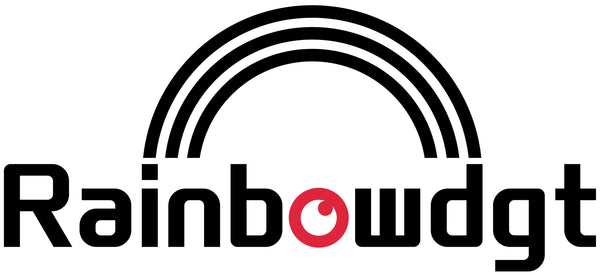Exploring DTF Printing Technology for Custom Products
Introduction: Why DTF Printing Is Gaining Popularity
Direct-to-Film (DTF) printing has become a favorite among small businesses and hobbyists looking for flexible, high-quality print solutions. By printing designs on a special film and transferring them to fabrics or other materials, DTF allows for vibrant, durable prints without the complex setup of traditional screen printing. Its ability to deliver detailed designs on various surfaces makes it an ideal choice for custom apparel, accessories, and promotional products.

What Is a DTF Printer and How It Works
For those new to digital printing, understanding what is a DTF printer is essential. A DTF printer uses specialized inks and a heat press to transfer designs from a printed film to textiles. The process ensures excellent color accuracy and durability, even on dark or colored fabrics. RainbowDGT’s XP 600 DTF printer provide professional results with consistent precision.
How to Make DTF Transfers Step by Step
Creating high-quality DTF transfers involves a few straightforward steps:
1. Print your design onto the DTF transfer film using a DTF printer.
2. Apply powder adhesive to the printed film.
3. Cure the film using a heat press or UV curing device.
4. Transfer the design onto the target material with proper heat and pressure.
The result is a vibrant, long-lasting design suitable for T-shirts, hoodies, and other garments. Businesses benefit from the low-cost, small-batch production capabilities of DTF technology.
Key Features:
1. Durability: The Made from high-quality polyethylene terephthalate (PET), our film is exceptionally durable, heat-resistant, and transparent. It withstands high temperatures during print curing and heat pressing without compromising performance.
2. Optimal Thickness: At 75 microns, our film offers superior stability and durability compared to thinner alternatives, ensuring crisp, long-lasting transfers.
3. Advanced Coating: The printing side features a heat-activated adhesive layer, allowing for effortless heat pressing and seamless pattern transfer onto garments.
4. Unmatched Versatility: Compatible with a wide range of fabrics, including cotton, polyester, blends, and challenging materials like nylon and leather—no limitations, just professional results.
5. No Pretreatment Needed: Skip the extra steps! Our DTF film requires no fabric pretreatment, saving time and simplifying production while maintaining top-tier quality.
DTG vs DTF: Which Is Better for Your Business?
When choosing between DTG vs DTF, there are a few considerations:
1. DTG (Direct-to-Garment) is ideal for soft cotton fabrics but may struggle with dark or mixed-material fabrics.
2. DTF printer offers versatility across various materials, including cotton, polyester, and blends.
3. DTF prints are generally more durable and maintain color vibrancy after multiple washes.
For businesses looking for flexibility and quality, DTF printing provides a practical alternative to traditional DTG methods. Click for business DTF printer
How Long Does DTF Last on Shirts?
One common question is how long does DTF last on shirts. When applied correctly, DTF prints can withstand dozens of washes without fading, cracking, or peeling, making them suitable for both retail and promotional products.
Why DTF Printing Is Essential for Customization
DTF printing technology is revolutionizing the way businesses approach custom apparel and merchandise. From understanding what is a DTF printer to mastering DTF transfers and comparing DTG vs DTF, this method offers unmatched flexibility, durability, and vibrancy. Whether you are producing small batches or expanding your product line, direct-to-film machines empower creators with professional-quality results.
